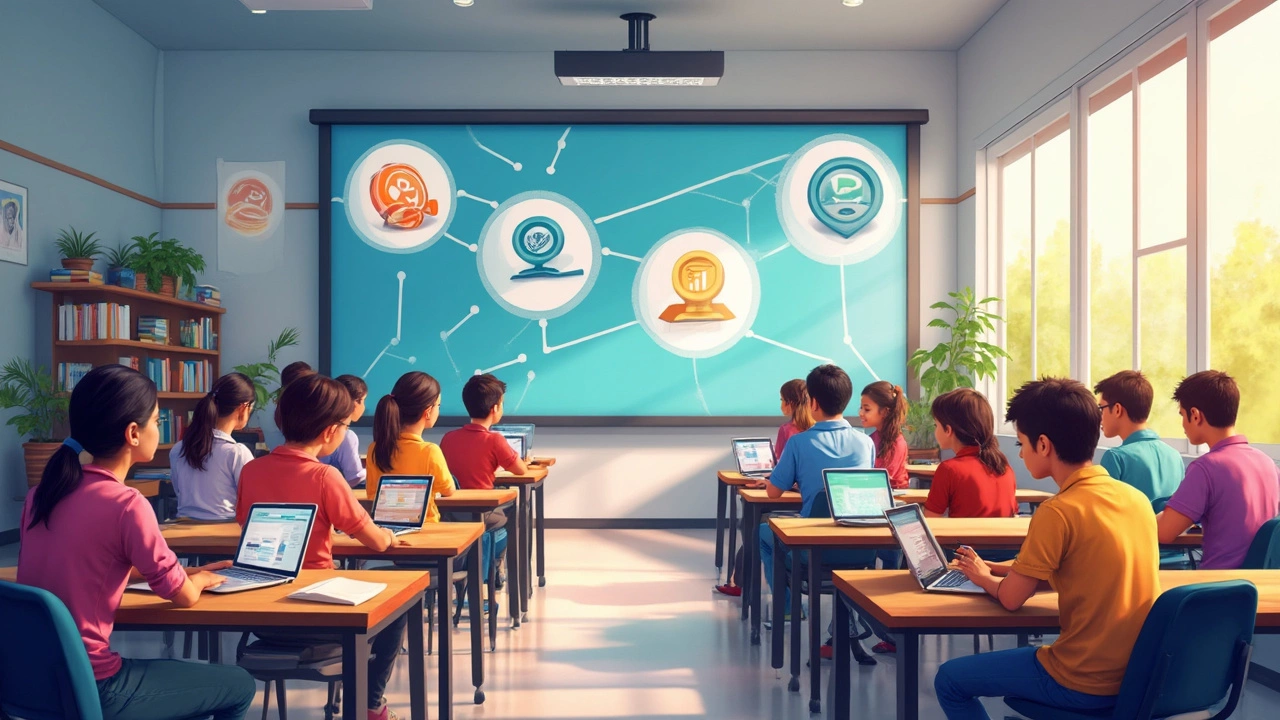Flipped Classroom: Transforming Learning with Active Strategies
When working with Flipped Classroom, a teaching approach that moves direct instruction out of class time and brings interactive activities into the classroom. Also known as inverted classroom, it flips the traditional lecture‑homework flow to boost engagement. In practice, Active Learning, student‑centered tasks like problem‑solving, peer teaching, and live demos becomes the core of every lesson. The model flipped classroom encompasses active learning, meaning students first absorb content on their own—often through video or reading—then use class time for deeper application. This shift requires reliable eLearning, digital platforms that host videos, quizzes, and curated resources that students can access any time. Because the content is delivered online, teachers can spend face‑to‑face minutes guiding discussions, offering targeted feedback, and running collaborative projects. The result is higher retention, better critical‑thinking skills, and a classroom that feels more like a workshop than a lecture hall. Research from Indian educational institutes shows that students in flipped settings score up to 15% higher on concept‑based assessments, confirming that the active‑learning loop truly enhances understanding.
Why the Flipped Model Matters Today
Beyond the basic flip, the approach dovetails with Virtual Learning, online environments that simulate real‑time interaction through video calls, breakout rooms, and shared whiteboards. When virtual tools are blended with in‑person activities, the classroom becomes a hybrid space where geography no longer limits participation. This hybrid or blended learning model benefits vocational training programs, which often need hands‑on practice paired with theory. For example, a technician pursuing a certificate can watch safety videos at home, then perform equipment repairs during scheduled lab sessions, receiving instant instructor feedback. The flipped structure also supports continuous assessment: quick polls or low‑stakes quizzes posted on an eLearning system give teachers real‑time data on student readiness, allowing them to reteach concepts before moving forward. In Indian schools and colleges, where large class sizes can hinder individual attention, the flip offers a scalable way to personalize instruction without adding extra staffing.
All of these ideas show why the flipped classroom is more than a buzzword—it’s a practical framework that connects active learning, eLearning platforms, and virtual environments into a single, effective system. Below you’ll find a curated set of articles that explore related themes: from monetizing eLearning courses and self‑teaching coding skills to navigating government job markets and choosing the right vocational certification. Whether you’re a teacher looking to redesign a syllabus, a student curious about modern study methods, or an administrator planning school‑wide reforms, the resources ahead give concrete steps, real‑world examples, and actionable tips that build on the flipped classroom foundation.
eLearning Models: 5 Types That Shape Modern Online Learning
This article unpacks the five major eLearning models that shape how we learn online. Get clear explanations, real-life examples, and practical benefits for each model. Find out which is best for different needs, from company training to solo study. Discover what works, what doesn’t, and how these models impact everyday learners. Perfect for students, teachers, and anyone curious about smarter online education.
